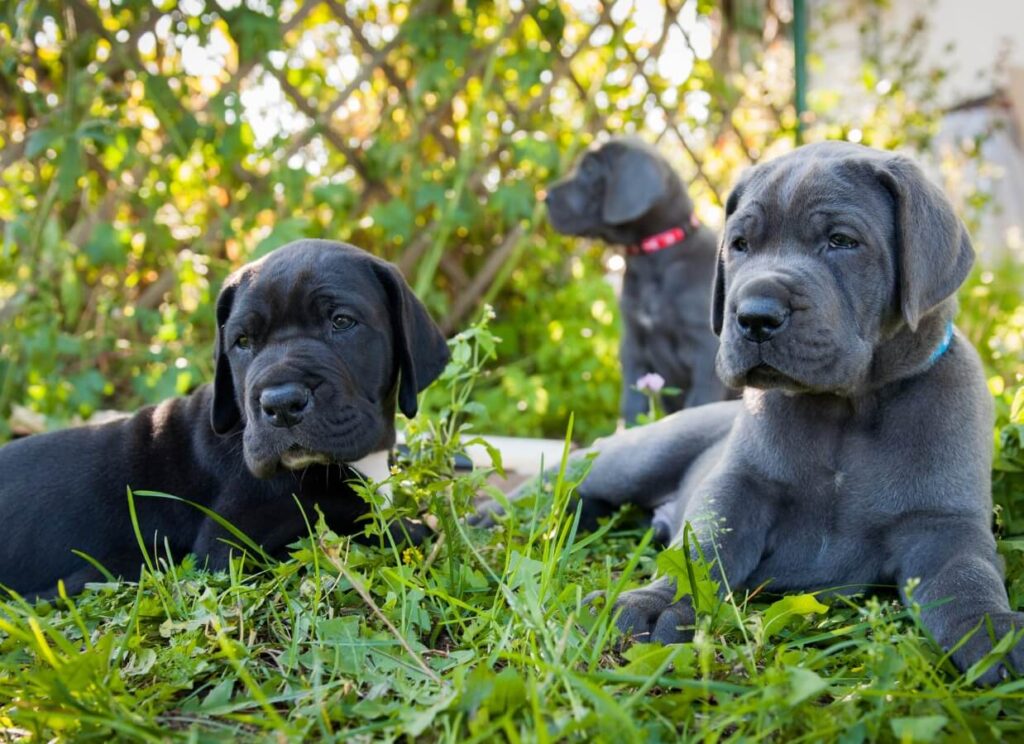Crate training is not cruel, and we believe that you should crate train your Great Dane puppy! Many dogs find their crate to be a safe place to relax! They make potty training easier and give your puppy an ‘off switch’ for those times when both you and your puppy really just need a break.
This article is all about how to crate train a puppy without crying. We’ve included information on what crates to buy and how to make sure that the process is stress-free and effective!
In this post you’ll find:
- How to make the crate a safe space for your new puppy
- How to keep your puppy from crying in the crate
- Why crate training is important
- The best crates for Great Danes
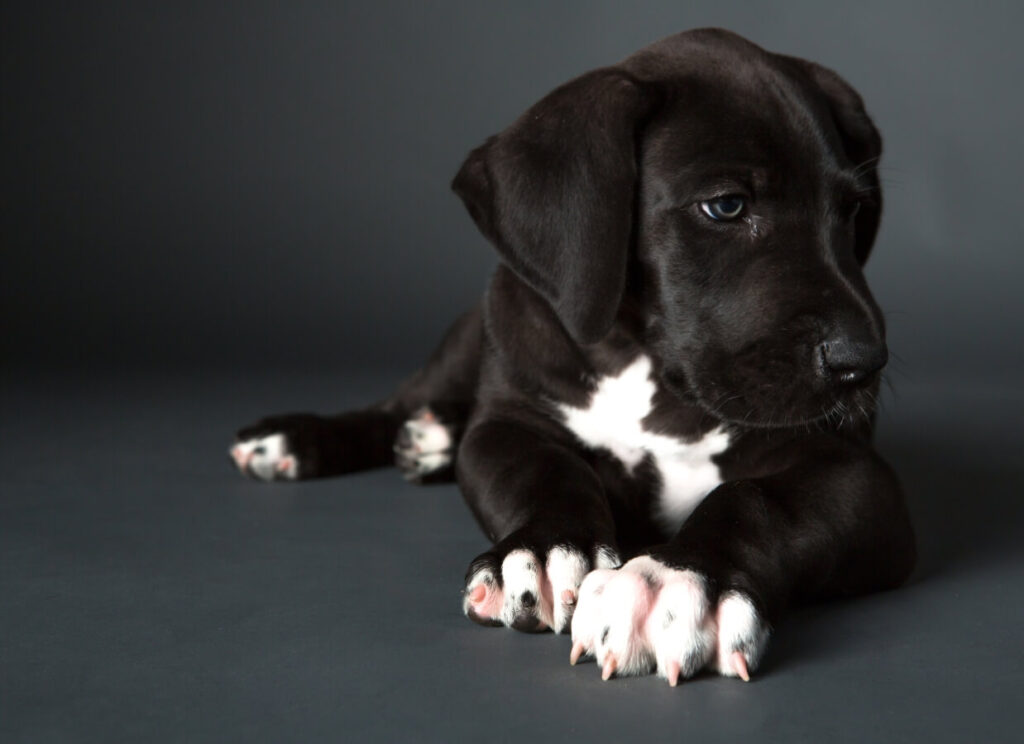
Why You Should Crate Train a Great Dane Puppy
When you crate train your Great Dane puppy, you also make things much easier on them should they ever visit a veterinarian (we certainly hope you’ll be seeing a vet!), the groomer, or have to be transported.
Crate trained dogs have a safe space to go that is all theirs. This is fantastic for times when you don’t want your puppy underfoot or getting around your guests!
It’s important to note that over use of dog crates can be hard on their growth and can lead to rear-end weakness and developmental problems. Puppies should never be crated longer than they can realistically be expected to hold their bladder (1 hour for every month of life is a good rule of thumb), and never longer than 8 hours in a day (especially if under 7-8 months of age and/or crated overnight).
If you are raising a puppy while working long hours away from home, it will be best to pay somebody to check on your puppy often. An x-pen is a good alternative to crating for very young Great Dane puppies.
Continue reading for more information on how to crate train a Great Dane puppy!
The Best Crates for Great Danes
It is best to start small when choosing a Great Dane sized crate. Your puppy needs to be able to comfortably stand up and turn around in the crate, however if the crate is too large it increases the likelihood that they will pee or poop in there.
Many crates come with dividers for this purpose. As your pup outgrows the divider, you remove it.
You can always shop marketplace or ask friends if you can borrow a crate for a short time, if you prefer to just use a small crate! Fair warning though, Great Dane puppies grow FAST and adult sized crates are huge.
By 6-9 months your puppy will be ready for the big-daddy of all crates; the Midwest Homes or Frisco 54″ giant breed crate. This crate is HUGE. You’ve been warned.
Links are below for your convenience.
SHOP ON CHEWY
MidWest Solutions Double Door 54″ Crate + Crate Pad
SHOP ON AMAZON
MidWest Solutions 54″ Double Door Crate
MidWest Solutions 54″ Single Door Crate
8-12 week old Great Dane puppies are exceptionally immature, need to pee a lot, and are learning rapidly about the world. Be patient, it will pay off!
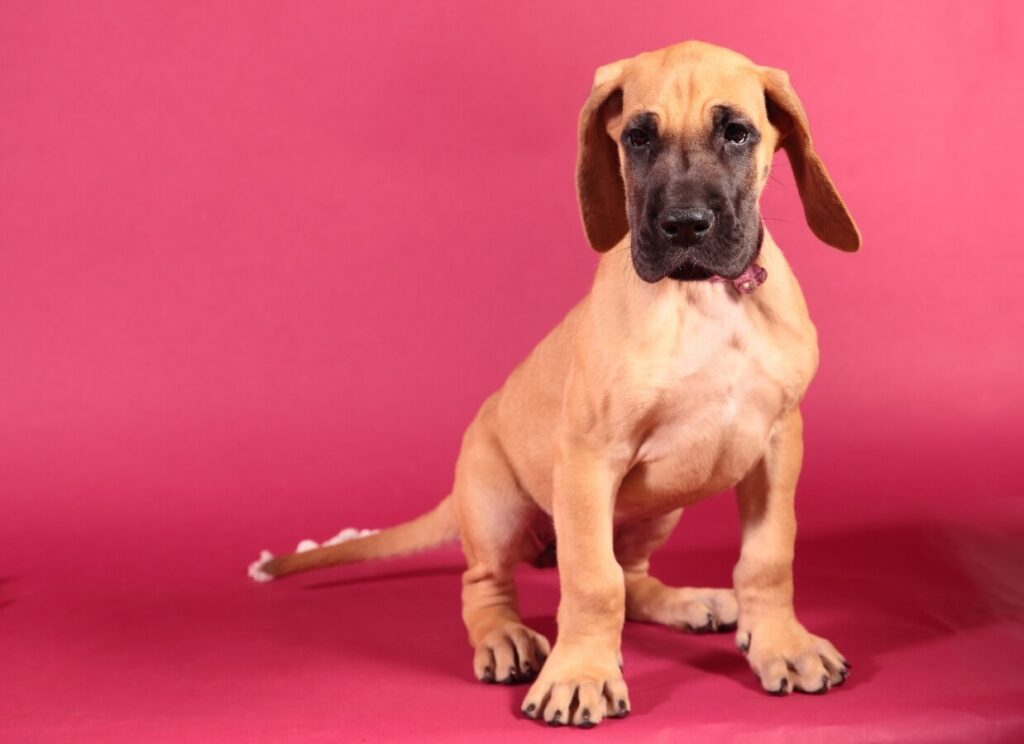
The Best Dog Crate Setup for Puppies
At first the crate should be in a cozy location with no drafts or excess heat. It’s best if you can sleep next to the crate for at least the first few nights. It can always be moved to a different location once the puppy is sleeping well at night.
Provide the puppy with a proper orthopedic crate mat that has a nice sturdy cover and is washable. We recommend this one for the puppy crate then move up to a Big Barker bed when your puppy is older.
Many puppies prefer that the crate is fully covered. You can use blankets or purchase a cover on etsy. We found this one on Amazon for you.
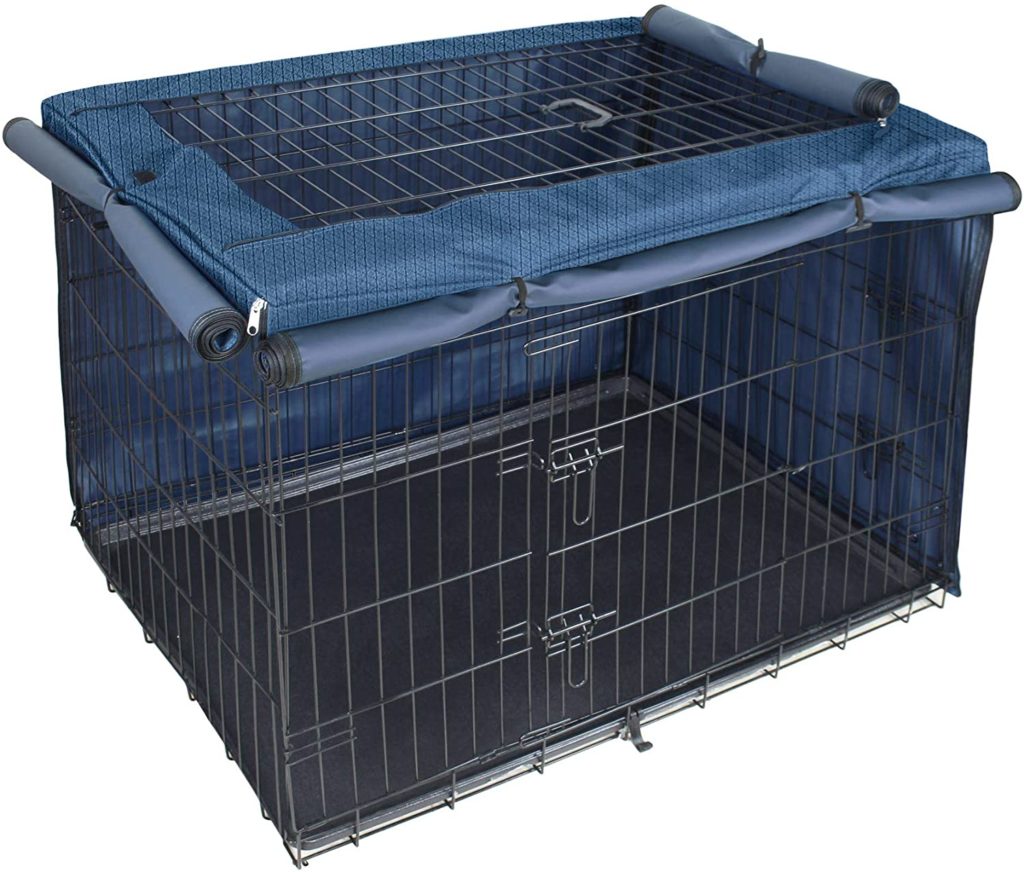
Sleep and puppies don’t mix. Kind of like sleep and human babies! Establishing a solid routine and sleeping through the night comes with bladder control and emotional maturity.
Schedule for Bringing Home a Great Dane Puppy
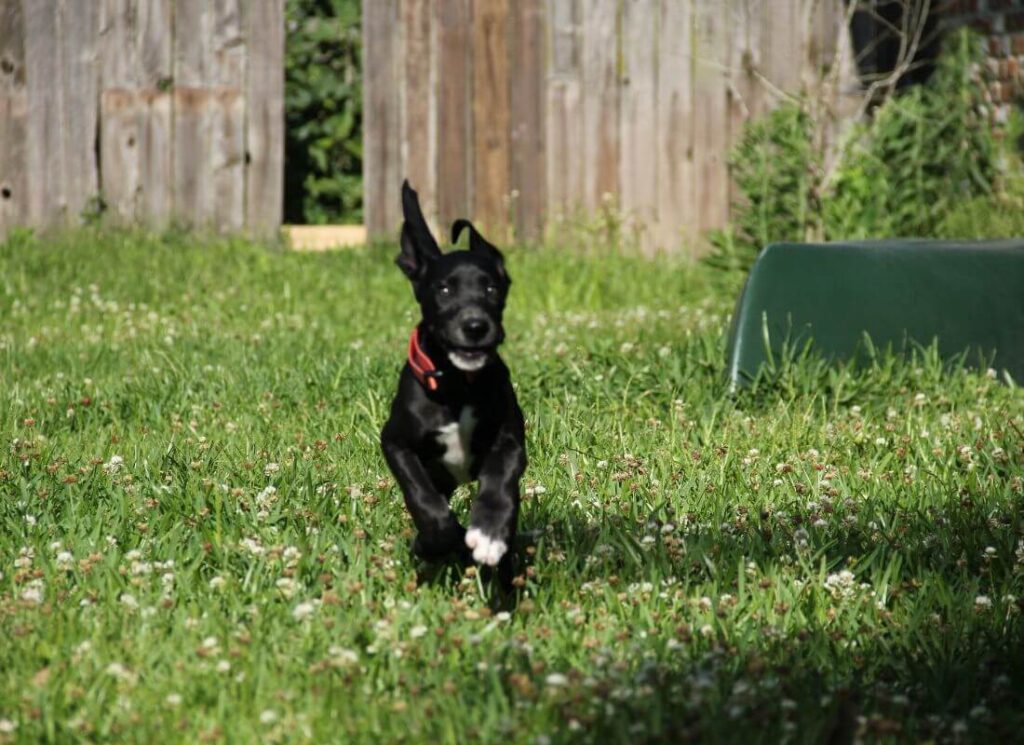
How to Introduce the Crate to your Great Dane Puppy
An ethical breeder will likely have already introduced your puppy to a crate!
Give your puppy a few high value treats. Scatter some on the floor around the crate and make this experience fun and positive. We love Dr. Harvey’s single ingredient treats.
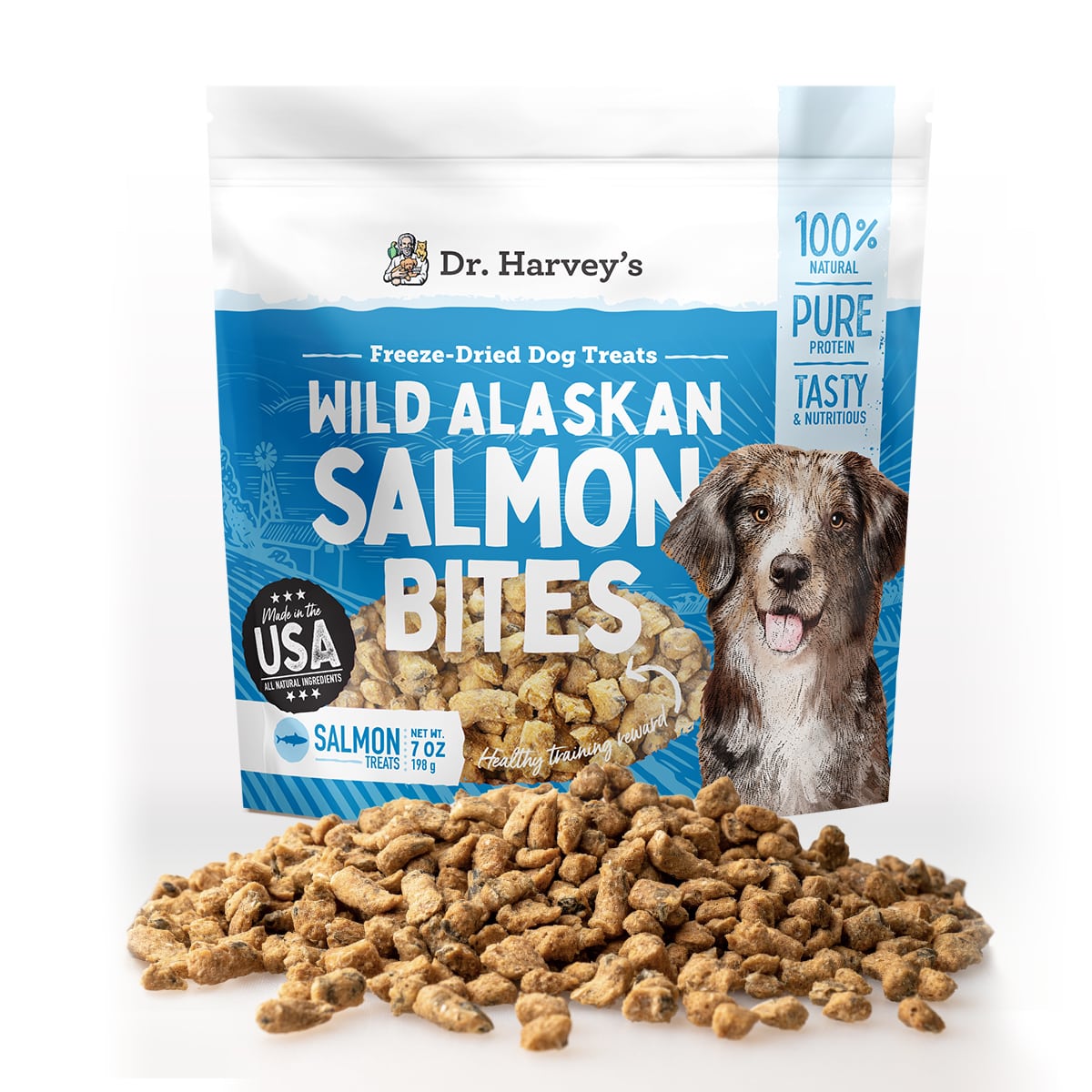
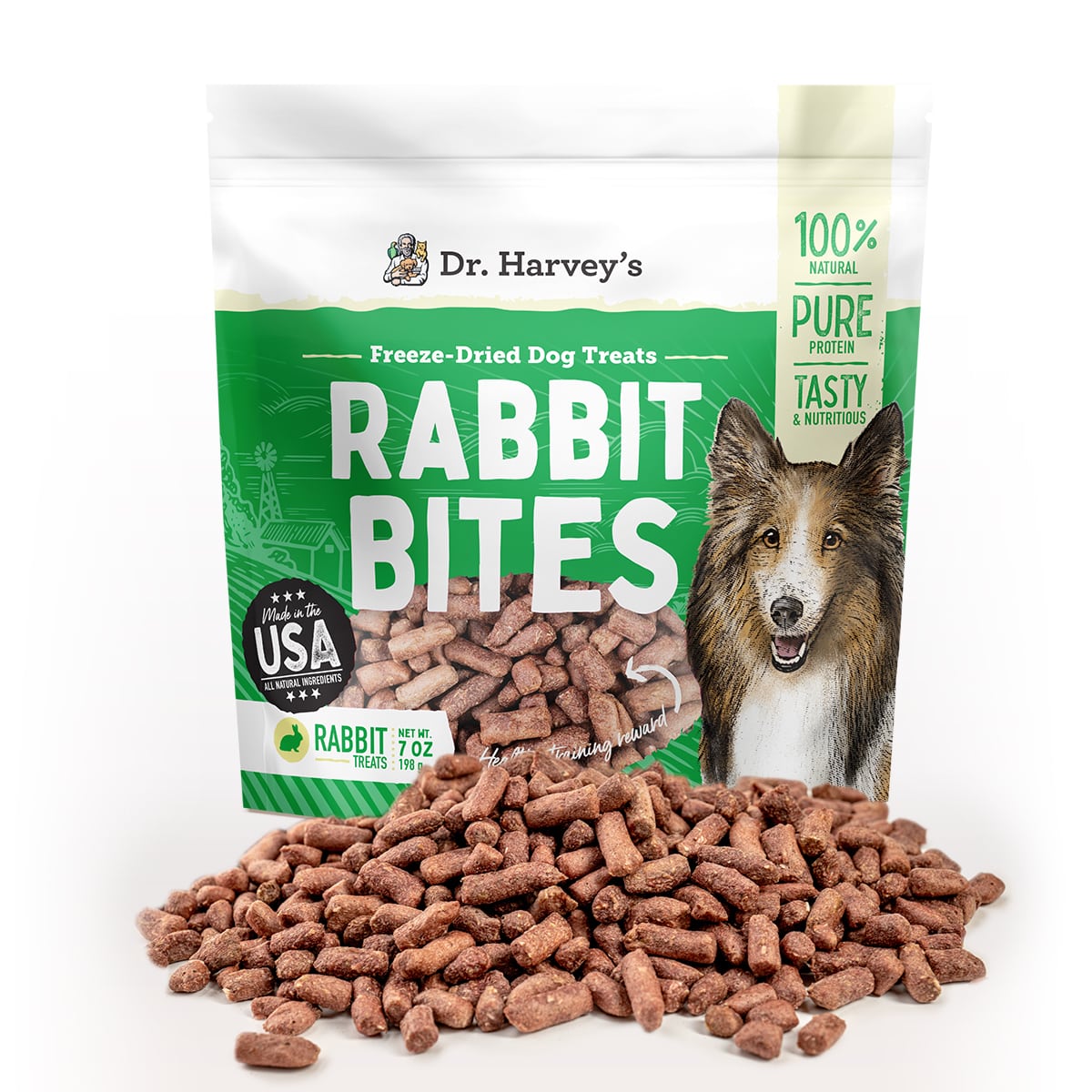
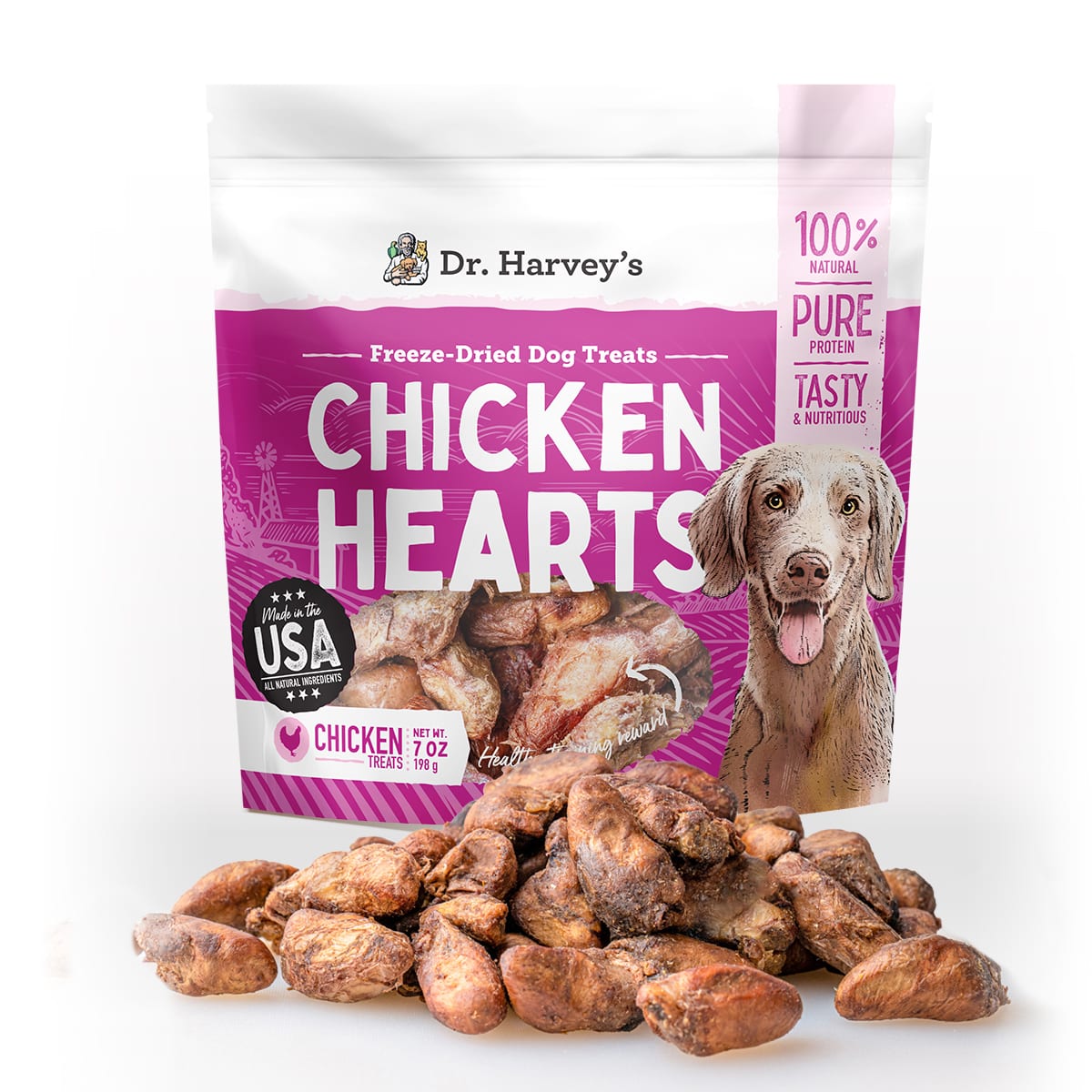
When your puppy is engaged with you, toss a few treats inside of the crate and say ‘CRATE’. Then say ‘FREE’ and toss some treats outside of the crate.
Make a super fun game of going into the crate (CRATE) and out of the crate (FREE). Most puppies pick this game up very quickly and enjoy playing it.
Randomly leave treats inside of the crate for your puppy to find in there.
Feed Your Puppy in the Crate
From the very first meal, feed your puppy inside of the crate!
Yes your puppy will likely make a mess (hence our recommendation for an inexpensive, washable orthopedic bed to start) and that is ok.
Depending on how comfortable your pup seems with going into the crate, it’s very likely that you’ll be able to shut the door during a meal time. Be calm and return when your puppy is finished.
Give lots of praise, open the door and say ‘FREE!’ then toss some treats outside of the crate.
HINT: Every time you release your puppy from the crate, take her out to potty!
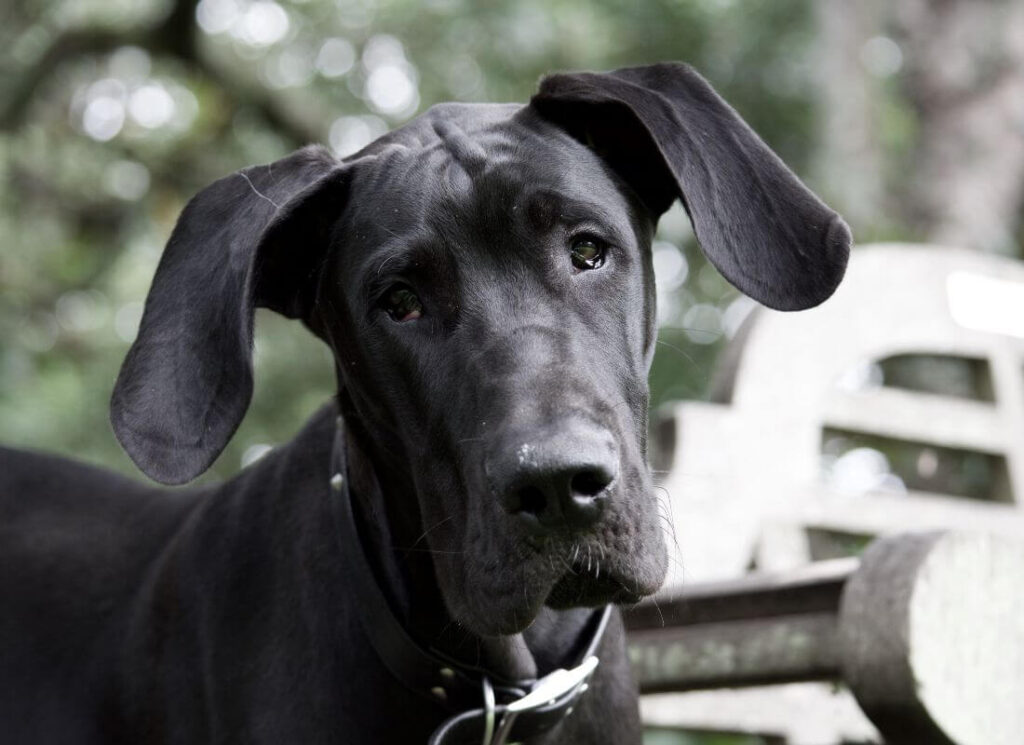
Have Your Puppy Nap in the Crate
Contrary to popular belief, you will NOT ruin your puppy if you allow snuggles at nap time. Enjoy this time! We also know that Great Dane puppies sleep a LOT and you cannot always let them lay on you.
When puppy is ready for a nap (they need much more sleep than you think! Do not let your puppy become overtired and inconsolable), make sure they have had a potty break, then toss treats into the crate and say ‘CRATE!’.
Before you shut the door, give the puppy something appropriate to chew on; you can smear a small amount of safe (no xylitol) peanut butter inside of a Kong and freeze it.
Cover the crate and let your puppy rest.
Some puppies will be calm and comfortable in the crate, others may begin to fuss.
Some fussing is ok, but we discourage the practice of allowing this to escalate to inconsolable and panicked crying, pawing and barking. That kind of behavior inside of a crate breeds anxiety and stress. This is incorrect and the puppy should not be practicing that state of mind.
Unwavering ‘cry it out’ methods can lead to puppies that escape their crate and suffer from separation anxiety in the future, so be thoughtful here.
Many times puppies are crying in their crates because they are scared, lonely, cold, or have to pee.
To avoid creating a behavior chain where puppy learns that crying is how you’ll let them out, reassure your puppy so they know you are there. Wait for calm behavior, then reward the calm behavior by opening the door. They will learn with a few repetitions that crying is not how they get out, but being calm is.
Be boring, take the puppy out to pee, then try again. Repetition and consistency is key here. As above, it’s ok to ignore easy fussing and whining. Do not however let it escalate to panic.
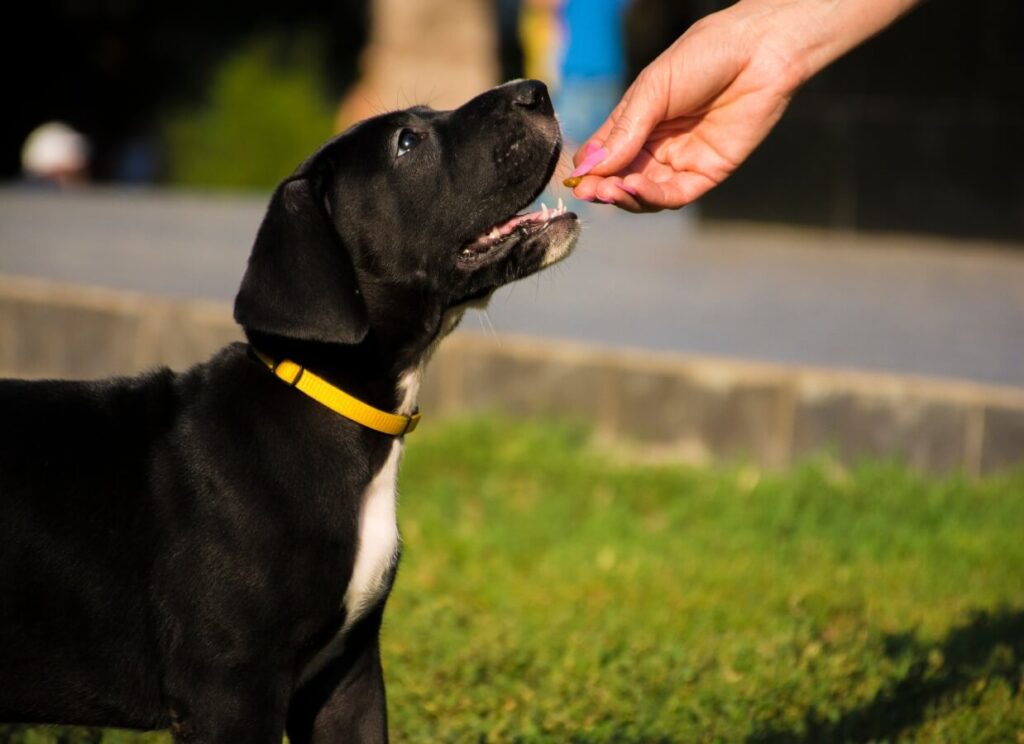
How to Make Crate Training Fun for Puppies
Keep the door to the crate open during the day.
Make sure to routinely hide a goodie in the crate for the puppy to find.
Play with the puppy near the crate and continue to practice the ‘CRATE/FREE’ game. However, now when you say CRATE you’ll close the door for a moment, then open it and say FREE.
Gradually add time to the CRATE part of the game so that your puppy learns and is practicing calm awake behavior in the crate. Work up to 30 seconds, a minute, then several minutes.
If you do this correctly, your puppy will very quickly learn how to be calm in the crate while awake through the consistent practice of doing exactly that. Before you know it you’ll be able to put your wound up and awake puppy inside of the crate.
Because they have been taught to associate the crate with calm behavior and not crying or stress, they will immediately settle and eventually fall asleep. This is the goal here.
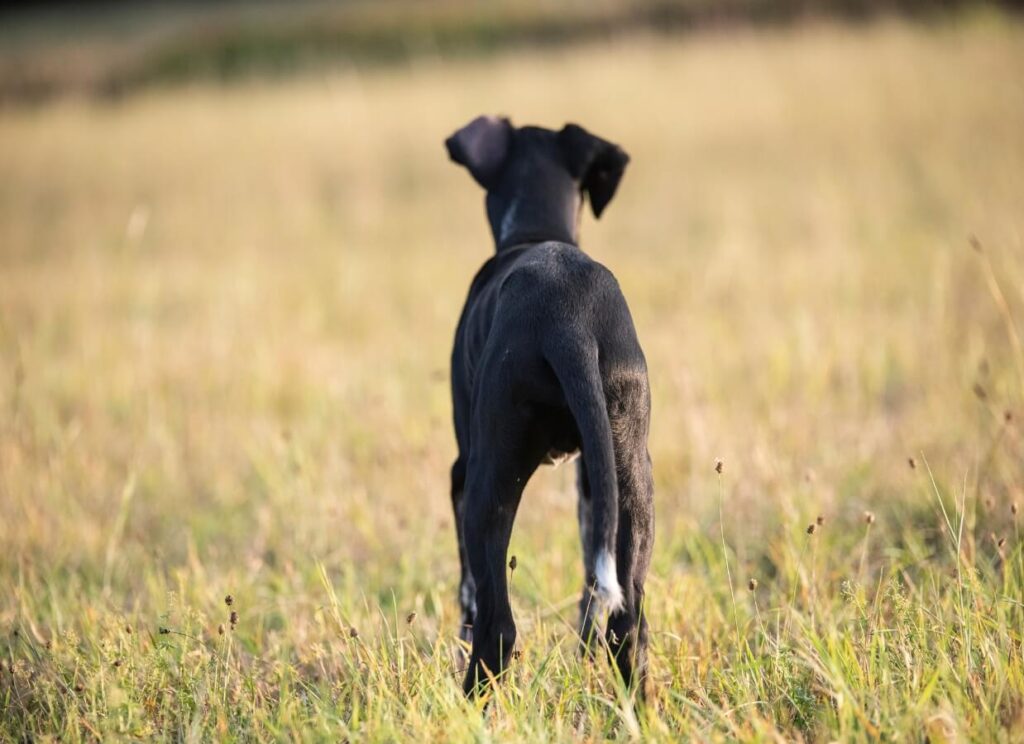
How to Crate Train Your Puppy at Night
The first few nights you may need to sleep on the floor with your puppy. You can reassure your puppy with your hand.
Keep in mind that puppies are used to sleeping next to mom in a puppy pile, so this is a BIG transition that many aren’t ready for yet (especially if they were taken from the litter prior to 8-10 weeks).
Your new puppy will need to go out for potty breaks several times during the night at first. For potty training tips, visit our ‘how to potty train a Great Dane puppy’ article.
Be patient! Multiple potty breaks are normal but will quickly become a thing of the past.
The more mature your puppy becomes, the longer they can hold their pee, and the more confident and secure they are in the crate the easier this will become! Done properly, crate training shouldn’t take long at all, and you’ll love having it as an option for your dog to ‘turn off’ when needed.
Crate Training Troubleshooting
MY PUPPY IS SCARED OF THE CRATE
If your puppy is terrified of the crate, consider using an x-pen temporarily while you work on crate skills. Keep a crate inside of the x-pen and hide treats inside of it.
Make sure the crate itself is not in a cold or drafty area, and make sure it’s not situated in a location where a buzzing sound or some other irritant may be present.
Many people have success with the addition of Adaptil plugins which mimic the pheromones put out by the nursing mother dog.
You can also try cozy soft blankets and the Snuggle Puppy, a warm stuffed toy with a heat pack and a heartbeat.
MY PUPPY PEES AND POOPS IN THE CRATE
This can be a common problem with puppies from puppy mills or breeders that didn’t keep the whelping place clean and teach puppies early potty skills, but it can happen to any puppy. By nature, puppies should NOT want to soil their crate.
If this is happening, it may be that the crate is too big. Make the crate smaller with a divider or by choosing a smaller crate.
This can also be a sign of distress. As above, practicing anxious behavior is not appropriate crate training. Back up several steps and focus on associating the crate with calm behavior.
Make sure to thoroughly clean bedding, and make sure that the puppy has had adequete opportunity to eliminate outdoors. It’s entirely possible that your puppy really just needed to pee or poop and had no other choice!
Diet changes, stress and too many rich training treats can muck up gut health and cause gastrointestinal problems.
The last thing to check is medical problems. Puppies that have a UTI, kidney problems, or issues with their gut health will struggle to keep their crate clean. Chat with your veterinarian.
I HAVE TO BE AWAY FROM HOME ALL DAY
Puppies really do require that a human is home to guide, teach, feed, play with, and let them out. If you must be gone this much, hire a dog walker to let your puppy out or consider letting your puppy hang out with a friend during the day.
There is no answer where we say ‘oh bummer. Just put the puppy in a crate for 8 hours, he’ll be fine‘. That’s never going to be an appropriate or easy solution for this. Older puppies can be left longer, but expect to need help until the puppy is at least 5 months of age.
I’VE TRIED ALL OF THIS AND MY PUPPY STILL CRIES
Your puppy could probably benefit from additional confidence building and time learning how to be independent. Timid puppies are especially prone to developing separation anxiety, so be patient here.
Reward mature, calm behavior by giving your puppy a high value chew (antler, bull stick, stuffed Kong) with supervision, but while you aren’t focused on the puppy.sf
Do several short basic obedience with positive reinforcement training sessions each day. 1-2 minutes at a time on early basics such as sit, down and leave it.
Encourage the puppy to explore the world; read our Great Dane Puppy socialization blog for tips.
I’M FRUSTRATED! HOW CAN I STOP MY PUPPY FROM CRYING?
It’s likely your puppy IS going to cry or fuss at first while learning. Even I have been known to shout ‘HEY. Knock it OFF’ to a puppy that I know is totally fine in there and hoping I’ll let him out.
This does NOT mean put a bark collar on your puppy, hit your puppy, shake pennies, or spray water at it.
Those things are the fast track to teaching the puppy to associate the crate with being trapped and punished, and with that you greatly risk creating an agitated and confused dog that cannot be safely crated or left home alone. Great Danes are too prone to separation anxiety to take a chance like this on punitive training methods.
Be patient, be consistent, and think about what the end goal is.
If you are frustrated, remember the ‘don’t shake a baby‘ campaigns from the 90’s? (Talk about a throwback!). Anyways, WALK AWAY.
Ask a friend for help. Let your puppy out, go for a boring potty break and try again.
If you are still having trouble or have a particularly timid puppy, seek out the help of a highly qualified professional dog trainer. Let your breeder know that you are having trouble crate training as well!
If your puppy is from a rescue situation, additional time, confidence building, help with medical issues and patience may be needed.

